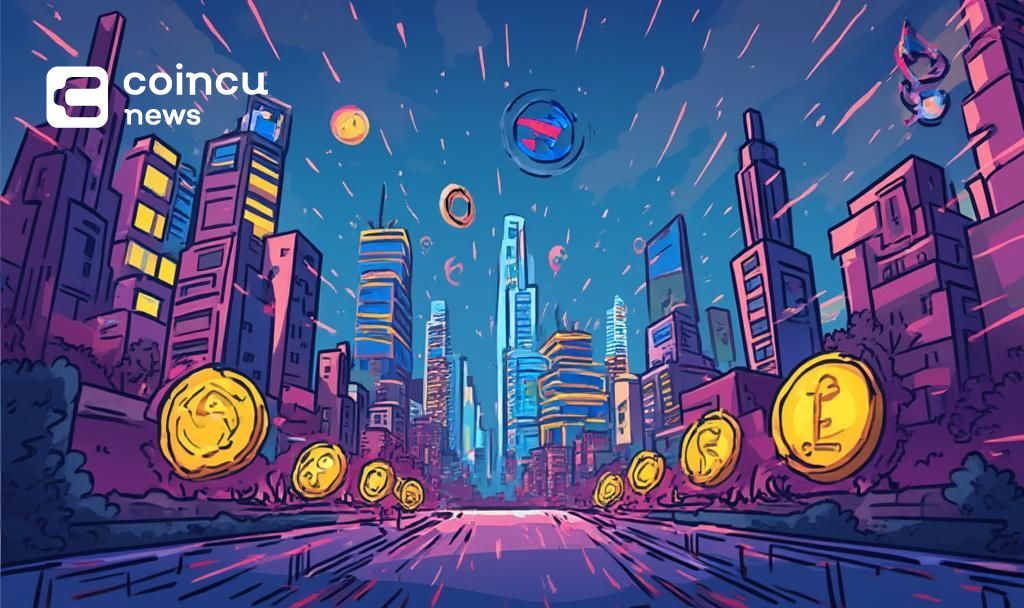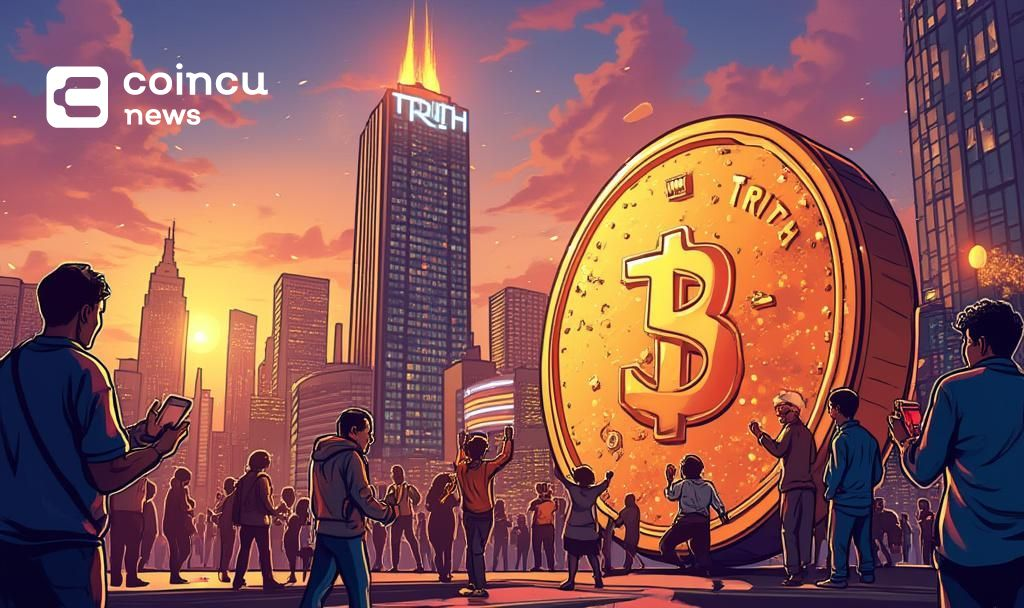$108098.991
At CoinCu News, we give both basic and in-depth articles on the latest news in the cryptocurrency and blockchain sectors.
Mayowa is a seasoned freelance writer specializing in creating compelling, high-converting content across diverse industries.
With extensive experience working with major news outlets, personal blogs, and private clients, he brings a deep understanding of audience engagement and storytelling. His expertise spans SEO optimization, persuasive copywriting, and niche versatility, ensuring content that resonates and delivers results.
Armed with a strong command of the English language and a keen eye for detail, he crafts content that is both impactful and strategically tailored to meet client goals.
News
Dubai Approves QCDT Money Market Fund by Qatar National Bank
QCD Money Market Fund approved in Dubai by DFSA; impacts regional digital finance.
Jul
U.S. Crypto Lobby Urges Congress for CLARITY Act Approval
Coinbase leads lobbying for U.S. lawmakers' immediate approval of the CLARITY Act to clear crypto
Jul
Coinbase-Led Coalition Urges CLARITY Act Passage in U.S. Congress
Stand With Crypto coalition, backed by Coinbase, pushes U.S. lawmakers for the CLARITY Act, aiming
Jul
Hong Kong Aims for Global RMB Stablecoin Leadership
Yao Zhisheng suggests Hong Kong develop offshore RMB stablecoins for financial growth.
Jul
Ripple CEO to Testify at Senate Banking Hearing on Crypto Legislation
Ripple CEO Brad Garlinghouse to address Senate Banking Committee on digital asset markets amid pending
Jul
Trump Administration Readies Major Cryptocurrency Policy Report
Trump administration's crypto task force preps significant policy report, seeks banking reforms.
Jul
EU Grants MiCA Licenses to 53 Crypto Institutions
EU issues MiCA licenses to 53 institutions, enhancing cross-border crypto operations. Circle among stablecoin issuers
Jul
Japan-US Tariff Talks Stall, No Immediate Crypto Impact
Japan continues trade talks with the US amid tariff disagreements; crypto impact remains minimal.
Jul
Truth Social Submits Bitcoin, Ethereum ETF Application to SEC
Truth Social files for Bitcoin and Ethereum ETF with the SEC, impacting US financial markets.
Jul
[tptn_list how_old="7" limit="5" title_length="0" heading="0" show_date="0" ]
[tptn_list how_old="30" limit="5" title_length="0" heading="0" show_date="0" ]






















